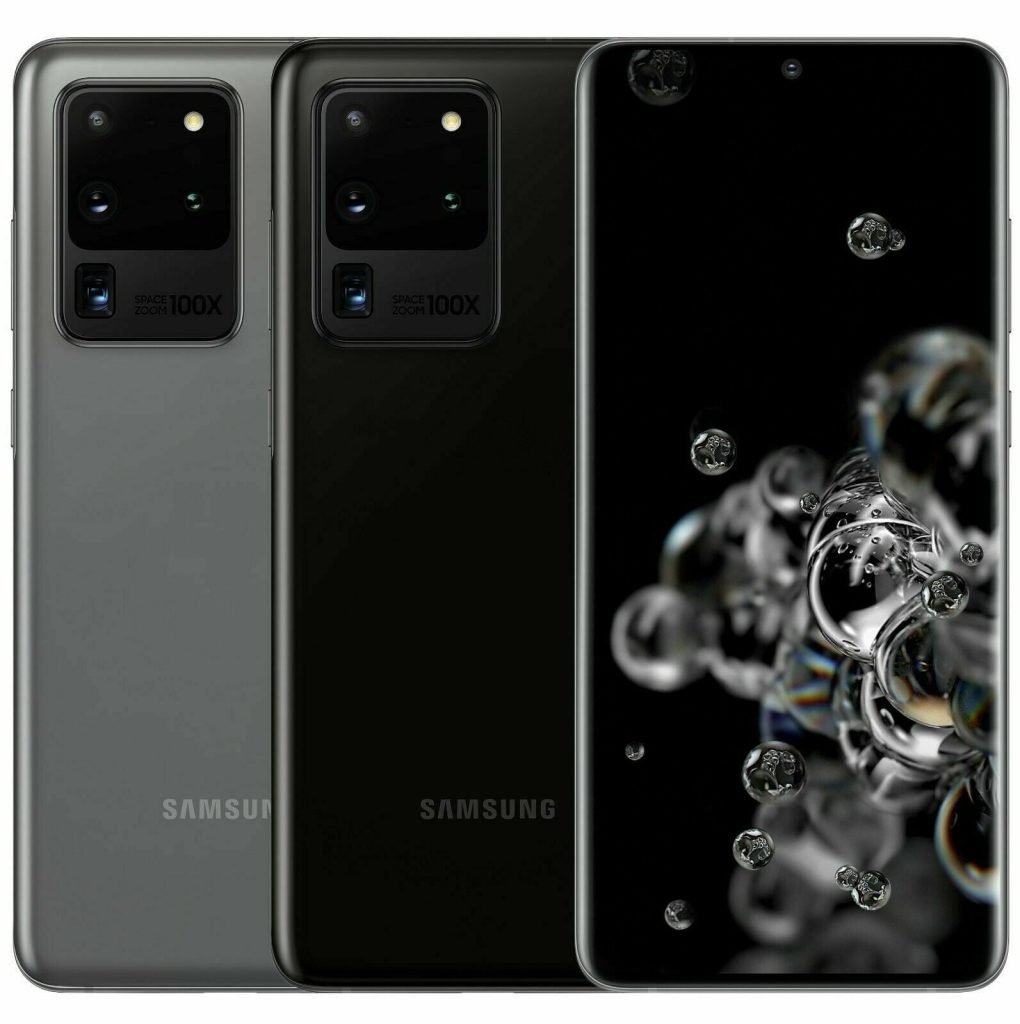In the ever-changing realm of smartphone technology, Samsung has once again set a new standard with its latest flagship model, the Galaxy S20 Ultra. Among its standout features is the advanced camera system, featuring the powerful 108MP ISOCELL Bright HM1 ‘Nona cell’ image sensor. This blog post aims to delve into the technical intricacies of this cutting-edge sensor and elucidate its role in elevating the imaging capabilities of the S20 Ultra.
The Marvel of Nona cell Technology:
At the center of the Galaxy S20 Ultra’s camera excellence lies the 108MP ISOCELL Bright HM1 sensor, featuring the innovative Nona cell technology. Expanding on the earlier Tetra cell innovation, Nona cell employs a 3×3 array of the same color filter, allowing the fusion of nine 0.8μm pixels into a unified 2.4μm pixel. This results in significantly improved light absorption compared to its predecessor, ensuring the production of crystal-clear and vibrant 8K videos as well as high-resolution images.
Challenges and Solutions:
While Nona cell technology introduces substantial improvements in light absorption, it also presents challenges associated with color resolution. The wider gap between pixels that capture different colors poses a hurdle for the ‘re-mosaic’ algorithm, impacting the precision of color reproduction. Nevertheless, Samsung’s engineering proficiency adeptly tackles these challenges, resulting in exceptional imaging performance.
Smart-ISO and HDR Technology:
The 108MP sensor extends beyond its high pixel count, featuring advanced elements like Smart-ISO for optimal performance across various lighting conditions. Furthermore, the HDR technology enhances the imaging process by allocating distinct exposure lengths to each pixel, enabling simultaneous multiple exposures. This not only provides real-time HDR previews but also improves the overall dynamic range of the images captured.
Direct Pixel Conversion and Additional Features:
Diverging from conventional approaches, Samsung’s sensor doesn’t depend on a mobile processor. Instead, it directly converts pixels through an embedded hardware IP, ensuring efficient and high-quality image processing. Added features like electronic image stabilization, Super-PD phase-detection technology, and up to 3x lossless 12MP zoom contribute collectively to an enhanced photography experience.
The Comprehensive Camera Setup:
In addition to the 108MP sensor, the Galaxy S20 Ultra showcases a versatile camera configuration that includes a 12MP wide-angle camera, a 48MP telephoto camera, and advanced zoom capabilities. The selfie camera, equipped with a 40MP sensor, brings an extra layer to capturing exceptional images, especially in low-light conditions.
Conclusion:
Samsung’s Galaxy S20 Ultra, equipped with the revolutionary 108MP ISOCELL Bright HM1 ‘Nona cell’ image sensor, stands as a pioneer in smartphone photography innovation. The device’s dominance is attributed to the seamless integration of advanced technologies and a comprehensive camera setup, making it a powerhouse for photography enthusiasts. Samsung’s unwavering commitment to pushing the boundaries of imaging capabilities is evident in its flagship smartphones, showcasing a dedication to staying ahead in technological advancements.


